“I can’t imagine a day without coffee. I can’t imagine!” – Howard Schultz, former Starbuck’s CEO
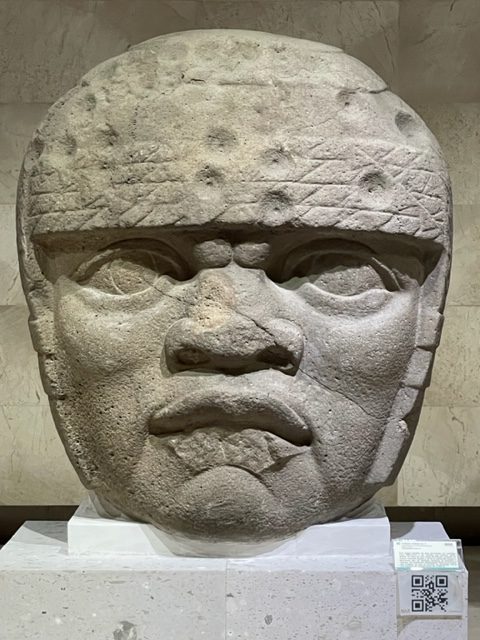
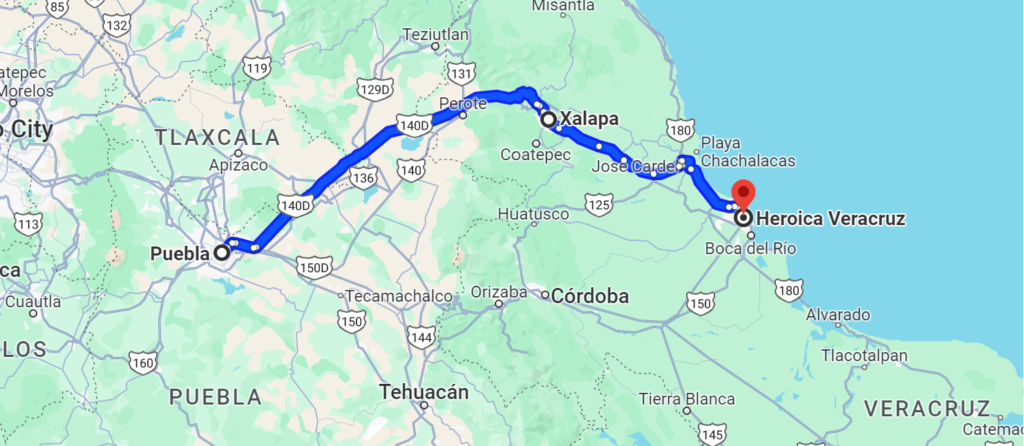
Over the mountains of central México, heading towards the coast, we catch sight of the majestic Popocatépetl volcano, meaning “Smoking Mountain” in the Nahuatl (native language). And it is steaming! It’s an active stratovolcano, second highest peak in Mexico, after Citlaltépetl. It’s had more than 15 major eruptions since the arrival of the Spanish in 1519. Hope it stays sleepy as we drive within its view.

Xalapa
We’re now traveling into our third Mexican state, Veracruz, and Xalapa will be the next stop on our tour; the capital city. There, we stop at the Xalapa Museum of Anthropology known as “MAX.” It’s renowned for its extensive collection of giant, stone Olmec heads and pre-Hispanic artifacts from the Gulf Coast and central regions of México.
The museum houses an impressive array of archaeological pieces, including sculptures, ceramics, jewelry, and other artifacts from ancient civilizations like the Olmec, Totonac, Huastec, and other indigenous groups.

The Olmec colossal heads, one of the most iconic symbols of Mesoamerican civilization, are among the significant attractions. These immense heads are made from one single massive stone piece; laboriously carved by ancient tools.
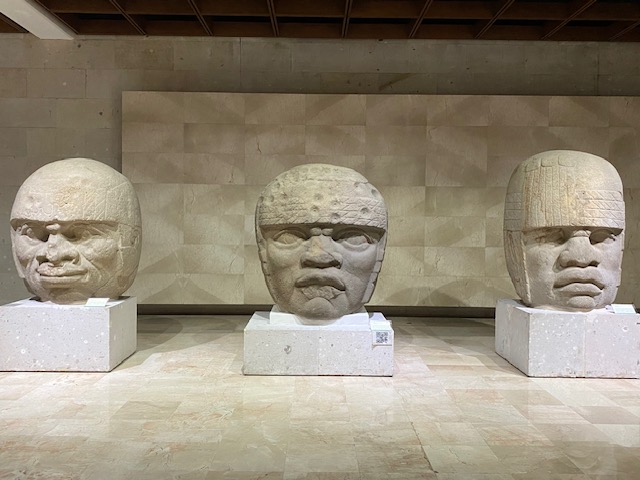
Most museums are enclosed buildings, with a myriad of little salons/galleries, but MAX impresses not only by its incredible collections, but by its modern architecture with a touch of Mesoamerican influence.
The structure itself is characterized by clean lines, geometric shapes, and large open spaces. The museum is set within a lush landscape, utilizing the natural environment to complement the building’s aesthetics.
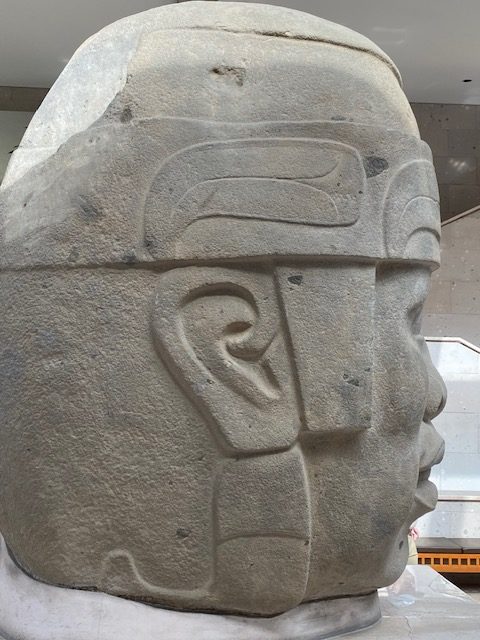



It’s all thanks to the renowned Mexican architect, Pedro Ramírez Vázquez, who was also responsible for designing several other iconic Mexican landmarks, including the National Museum of Anthropology in Mexico City.
MAX is built on a slope – as you stand on the top level, the view you get is infinite. At first, I thought the illusion was done with mirrors, but it’s the light reflecting off the white marble floors and the step-down construction of the site.
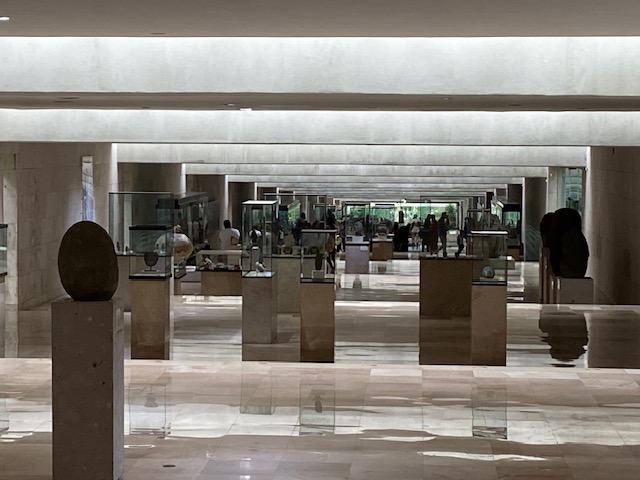
The building’s overall genius of design is not just about its aesthetics, but also serves a functional purpose, bringing together a cohesive, immersive and educational experience for visitors interested in the rich, cultural heritage of the region.
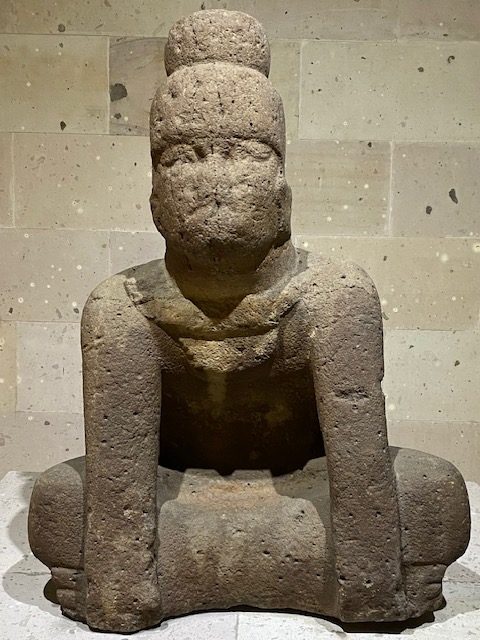

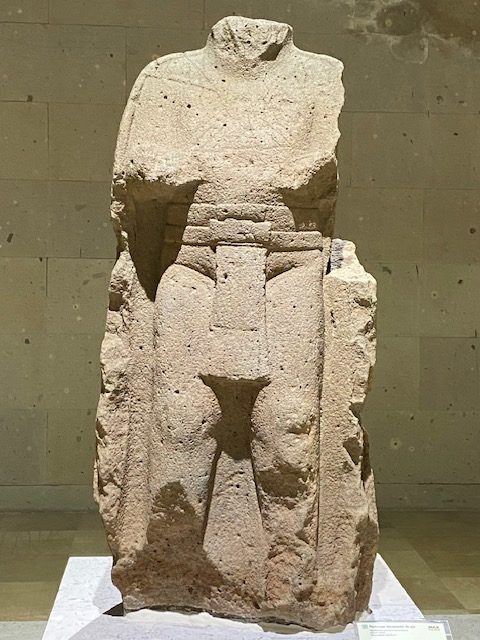
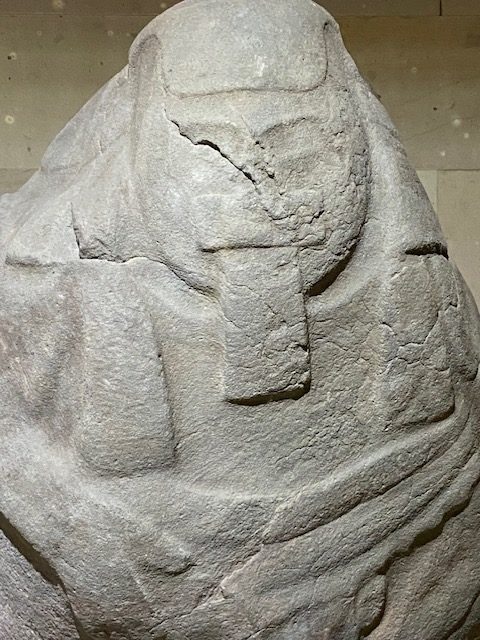

I wished that we could have spent more time exploring this wonderful space. This coming from a museum-goer that believes in a speedy, quick in ‘n out of most museums; a kind of a get me to the coffee and gift shops, guy!
Coffee Plantation
The Hacienda of Our Lady of Remedies, aka Hacienda de Pacho Nuevo, is a four century old, grand Mexican hacienda, deemed a Historical Monument; it being a well-preserved treasure. It’s currently owned and remains in the same family since the 1840’s. It’s located in the small town of Pacho Viejo (Old Pacho), pop. 4,800, altitude just shy of 4,000’. Its 20 hectares (49 acres) has shrunk down from its original 1200 hectares (almost 3,000 acres).
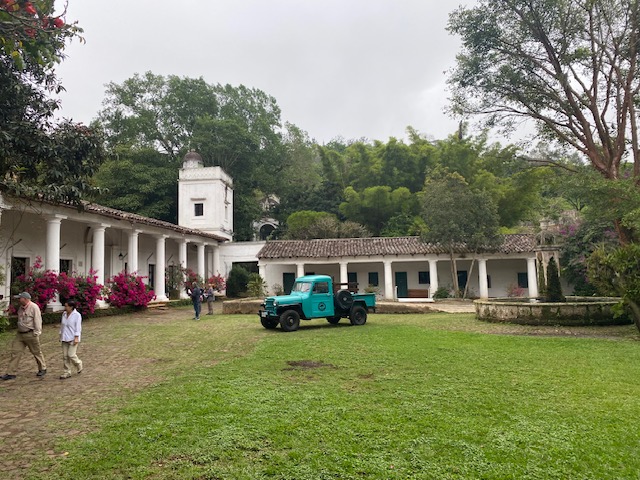
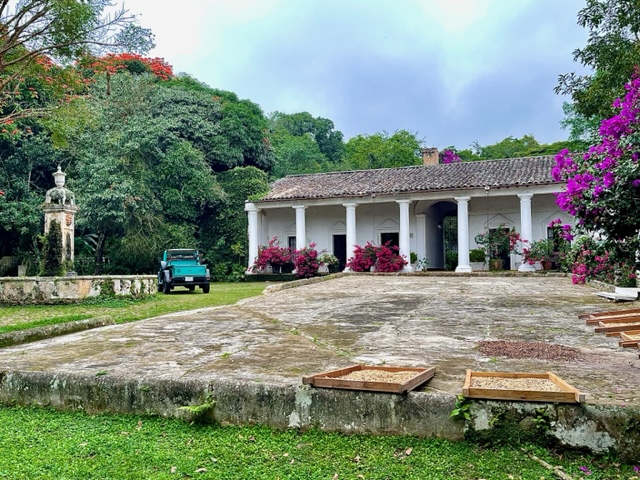
Hacienda de Pacho’s history begins in 1592 with Portuguese ownership; in 1620 it was purchased by Don Luis Pacho y Mexía. He died in 1639, but over many centuries, and many purchases and sales, the property came to be known as Pacho’s Hacienda.
It began as a sugarcane and livestock farm for centuries, but in the 19th-century, it changed to the cultivation of Arabian coffee beans. Veracruz coffee is one of México’s major coffee producing states, along with Oaxaca and Chiapas. The Hacienda would be one of our favorite highlights of our trip.
The hacienda is set amidst a jungle-like environment, with its oldest structures: ovens, walls and bridges dating from the 16th and 17th-centuries, located in the center of the hacienda. The area is water-rich and its land has been cultivated all throughout the centuries.
The Hacienda’s chapel, which is dedicated to Our Lady of Remedies, was built in the 17th-century, and painted by the German painter Juan Mauricio Rugendas in 1831. The chapel is consecrated and from time-to-time weddings and masses take place in these austere surroundings.

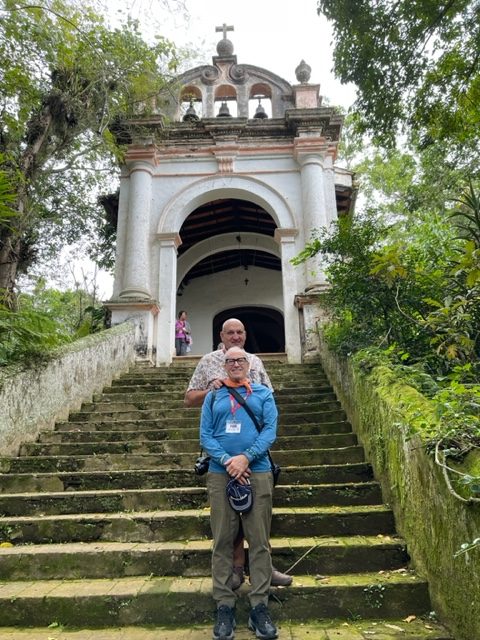
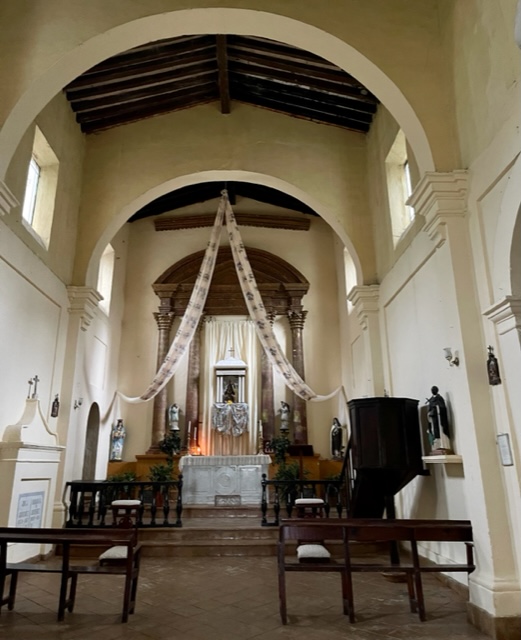
Owner Marisa Moolick Gutiérrez, a charming, and enthusiastic speaker, is the great-great granddaughter of Don José Julián Gutiérrez y Fernández and his wife Damiana Hidalgo; who bought the hacienda back in 1826. Marisa now runs the hacienda as an organic coffee plantation and runs group tours of the well-maintained property. She utilizes traditional farming techniques to obtain beans of the highest quality.
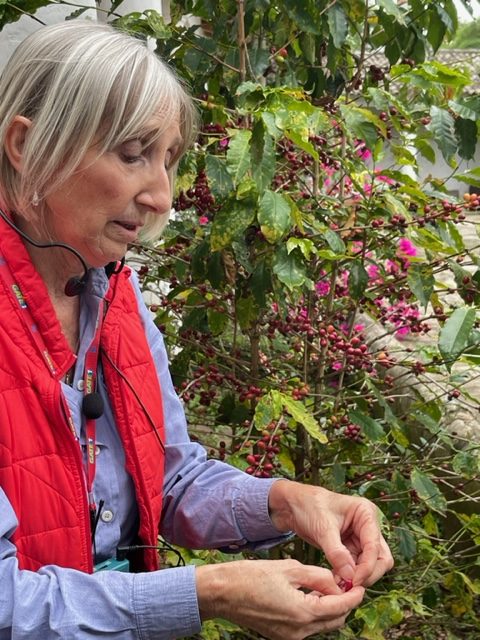
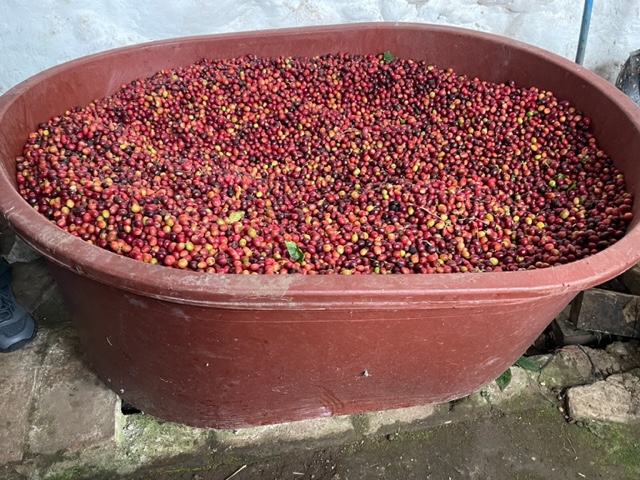
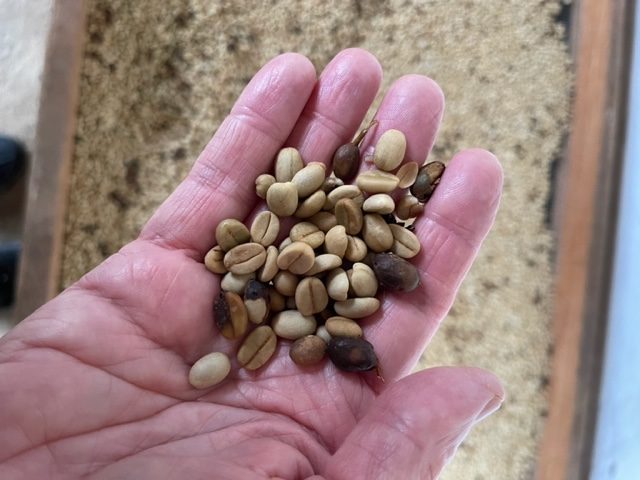
Hanging prominently in the main house is the family portrait, painted in 1850. José Julián and Damiana appear with their first twelve children, who were called José Julián, Francisco, Guadalupe, Angela, Damiana, Emilia, Carolina, Sofía, Julio, Luis, Concepción, and Dolores, shown in the painting in her mother’s arms.
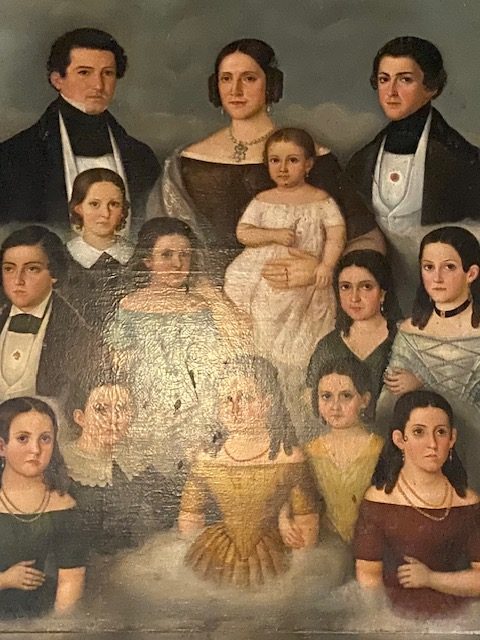
Upon arrival, a beautiful lunch was served to us on the patio courtyard of the old house, followed by a fascinating and personal tour of the hacienda and its coffee making process by Marisa.
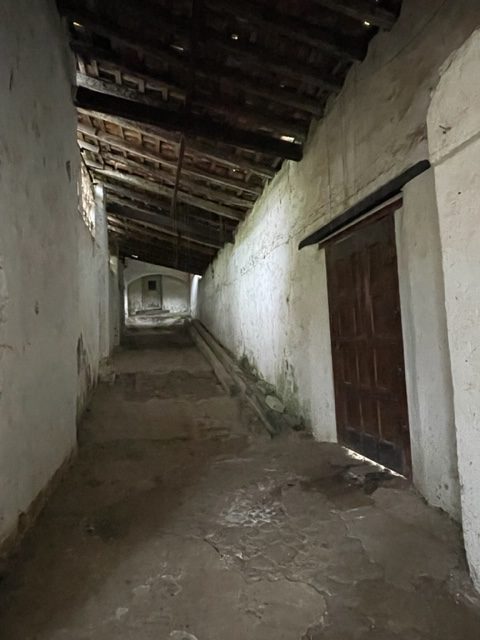
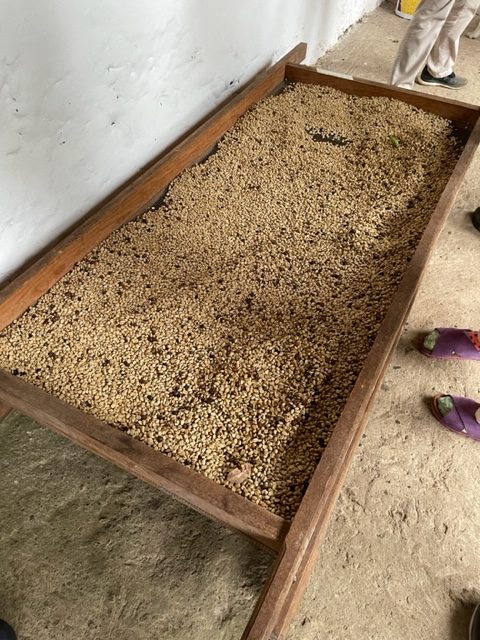


In recent times, the hacienda has been used as a location for video and film productions. The upcoming tv mini-series, “Washington Black” was a recent film shoot there.
On our way out, we purchased a kilo of their fragrant, roasted coffee beans, with notes of chocolate and tropical fruits, to enjoy at home. A souvenir to savor, enjoy and to linger over the pleasant memories shared at the hacienda.

Veracruz
Arriving at this port city under stormy weather conditions, and a cold-front (considered to be in the “chilly” 70s), this port on the Gulf of Mexico is filled with a significant, rich history dating back to the early colonial period. It was where the first Spanish Conquistadors landed in México and served as a crucial gateway for future Spanish expeditions and trade with Europe. Veracruz’s strategic location along the Gulf made it a gateway to other parts of México and beyond.
The city is known for its vibrant culture, music, dance (can you say “La Bamba”), and its flavorful tropical cuisine, with an emphasis on seafood.
The historic downtown area, with its colorful buildings, offers a charming glimpse into the city’s colonial past. We walked a few of its blocks under gale force winds and light rains, but still, someone found time for ice cream.
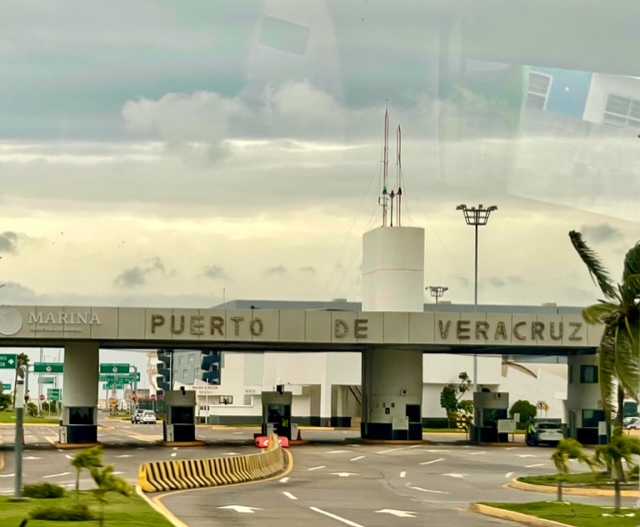


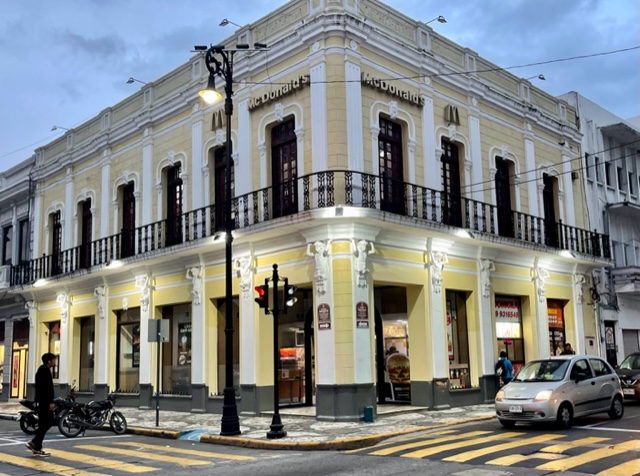
Both times when México has been invaded, the Port of Veracruz was the entry point. The French invasion occurred during the early 19th-century, in 1838. This event is often referred as the Pastry War because one of the major disputes involved a French pastry shop in Mexico City. It saw the French forces capturing Veracruz and other parts along the Mexican coast.
So, I ask, usually a country goes to war over religion, natural resources, or land, but over a croissant?!
The second invasion of Veracruz was when American forces landed in 1914 during the Mexican Revolution. The occupation was a response to the Tampico Affair, an incidence in which American sailors were detained by Mexican authorities in the port city of Tampico. After intense fighting, the city was indeed captured by the United States. The occupation lasted for several months, with the US eventually withdrawing its forces in November 1914.
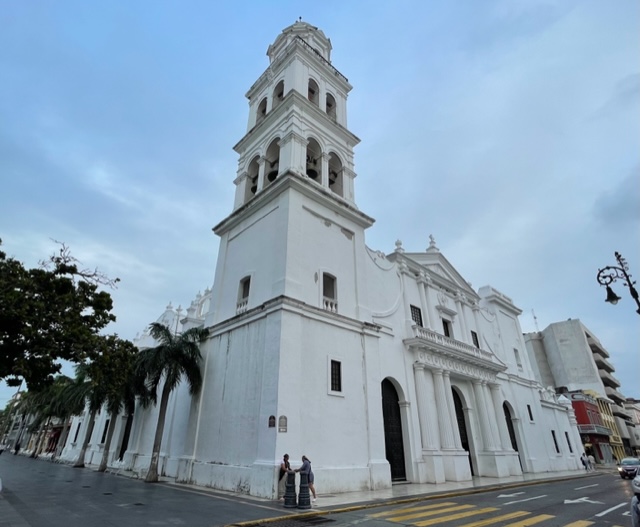
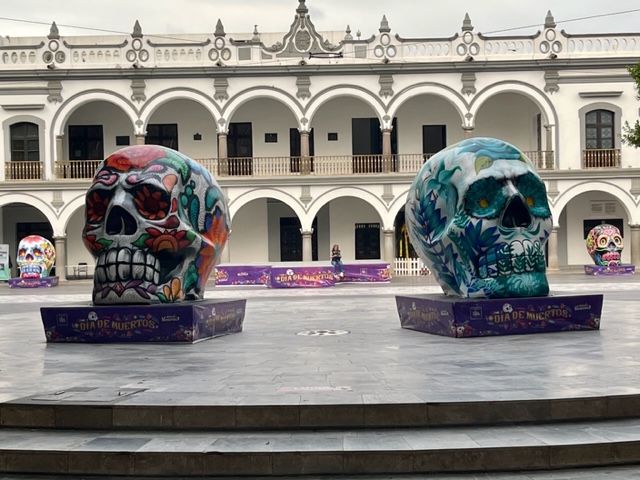

Veracruz cuisine … We thoroughly enjoyed watching Eva Longoria’s CNN series, “Searching for México,” in which she travels throughout the country in search of cultural traditions and special and unique culinary spots. One of her featured restaurants was Namik Restaurante, run by gaggle of inventive young chefs exploring and promoting locally grown products and Veracruzano foods.
It was under raining, windy skies that we jumped into a taxi, and went out in search of Namik’s culinary nirvana, and after eating there, decided we’d walk through a monsoon to experience it again.
The meal started with a crisp tostada sprinkled with bits of smoked chicharrónes and a very savory shot of perfectly seasoned, rich beef broth.

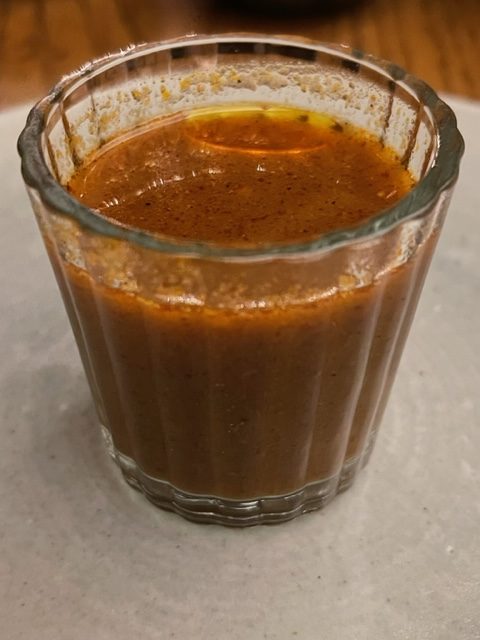
Ceviche Barranca – freshly caught fish ceviche served on a bed of refried black beans. You should have seen my face when I asked our waiter, “Black beans?!” Now, don’t get me wrong – I love black beans in any form, but served in ceviche? It’s a bit weird, but his response, “Sí, it is a bit odd, but you should try it.” We did and again, you should have seen my face when I took the first bite – it glowed like a 1000 suns.

The house favorite and dish that has been replicated around the world is their signature “El Taco del Chef,” a soft-shell crab taco (naked) fried with rice flour, morita chili mayonnaise and tamarind chutney, sprinkled with dried chili powder. We made the mistake of sharing it, but we still had lots of food coming.


Tiradito del Dia (sashimi) were thick slices of seasonal red fish, homemade ponzu sauce and kosho, a Japanese seasoning, for a total umami experience.

I love anything with noodles, and when I spotted on the menu this homage to the humble fideo, I had to try it. Squid ink black noodles, fish, and snail with kosho mayonnaise, oregano, and black radish. Accompanied by pulque bread; I scraped the dish clean.

David, for his main plate, ordered Arborio rice, semi-dried ranch cheese, crab glace and topped with a ragu of oxtails; overall, a well-balanced, rich dish.

Dessert – why of course, what else? Churros! They were accompanied by a thick, dark chocolate dipping sauce.

Beside the cocktails, we fell in love with the house wine, named Paula, from the Guadalupe Valley, a fruity blend of Merlot, Zinfandel and Petite Syrah: a big, full, crisp, and fruity blend, perfect to balance out all the flavors of our dishes.
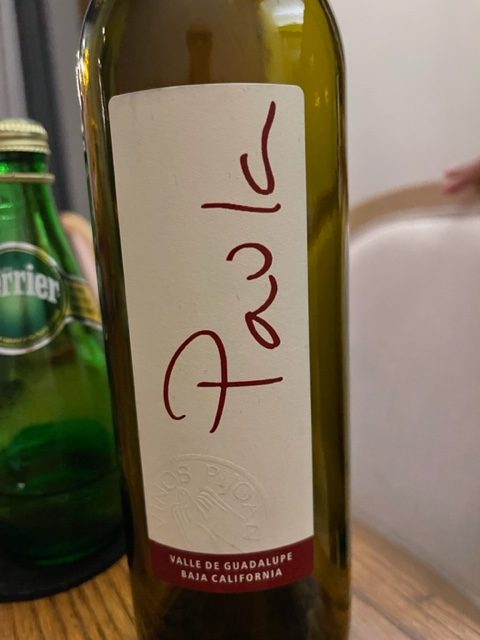
No taxis were to be had on this blustery, stormy night, so the Sommelier kindly drove us back to our hotel.
Tomorrow, we have a long drive around the bottom U-curve of the Gulf of Mexico and onto the Yucatan Peninsula.
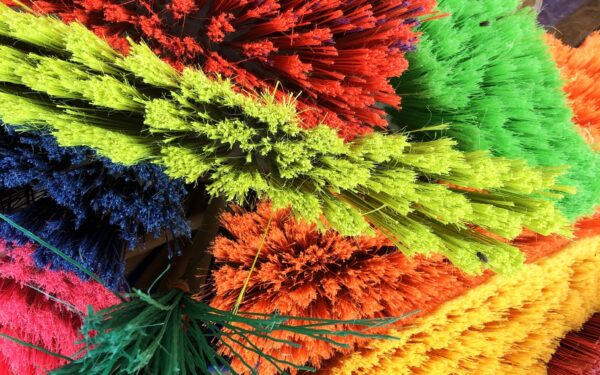

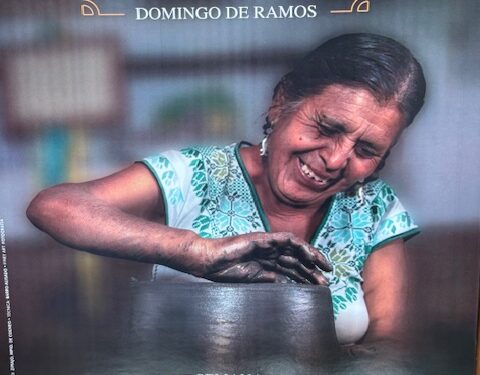

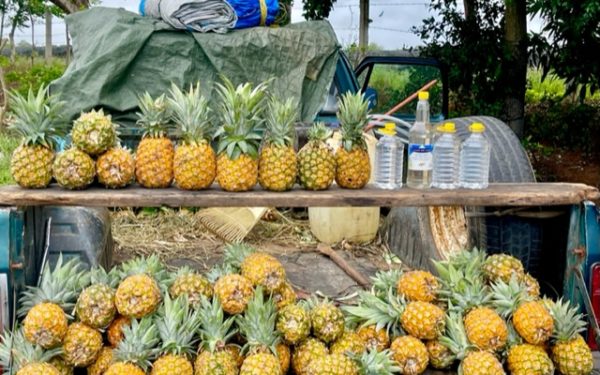
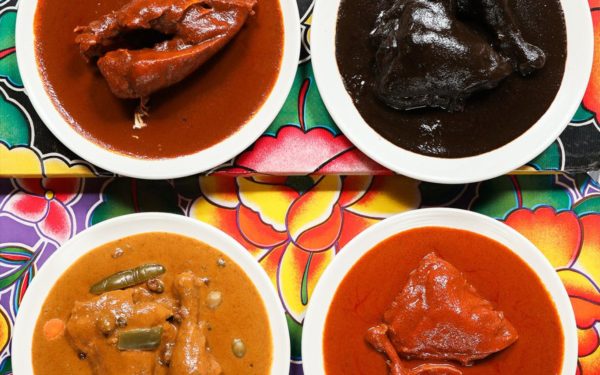
“It glowed like a 1000 suns.” I am so happy that you have your adventures! Your itineraries are so well curated, your restaurant finds exquisite, your museum tours rich with culture and history. Salute!
AGain- so much fun and so very interesting- the history -wow- im always amazed at large sculpture- how to chip away at a giant rock and create is fascinating – those heads blow my away-
One of my favorite posts ever, Sergio. Xalapa Museum of Anthropology must have been a highlight of your tour. What an ingenious design! Full of light and a myriad of reflections. Exhibits artfully displayed. The photo of the museum’s interior is mesmerizing.
Olmec Heads. Overwhelming in size and created using rudimentary tools, these sculptures always capture one’s imagination.
Another highlight—Marisa Gutiérrez’s Hacienda de Pacho’s coffee plantation. Lunch, tour, plus her coffee processing presentation. What a unique experience. Nothing better than organic coffee from a hands on generational grower. Thank you for taking so many of us along on your travels.
Their “first” twelve children? How many children did they have? Yikes? Have to get this comment down before going back to read about the rest of your adventure.